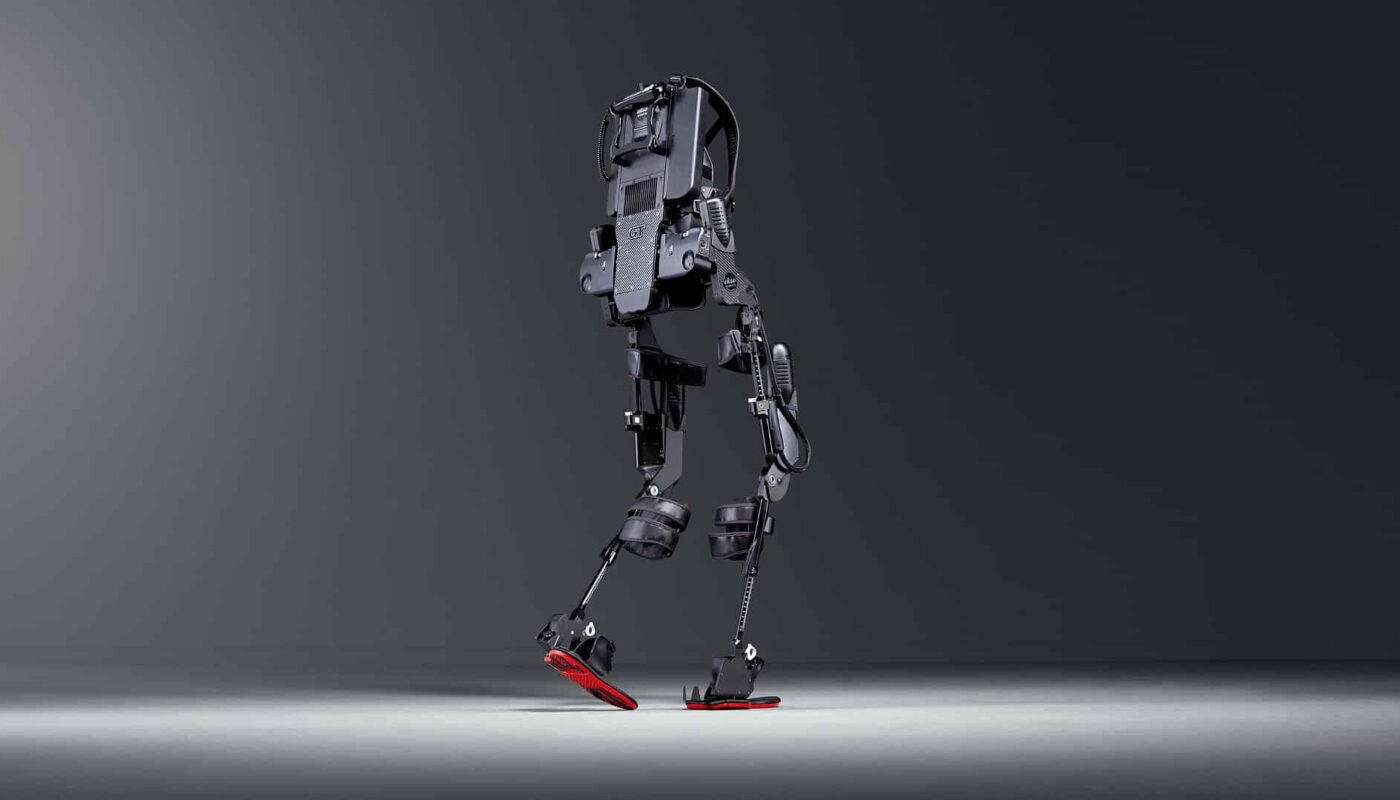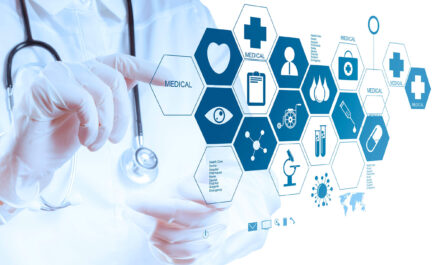In the past decade, medical exoskeleton technologies have advanced at an incredible pace. With a wide array of potential benefits for rehabilitation and improved mobility, exoskeletons are poised to transform healthcare delivery worldwide.
What are Medical Exoskeletons?
Exoskeletons, sometimes called wearable robots, are robotic systems that work in conjunction with the human body to enhance strength, endurance and mobility. For medical applications, exoskeletons are most commonly used for rehabilitation after injuries or to help those with limited mobility due to conditions such as spinal cord injuries, multiple sclerosis or old age.
Medical exoskeletons function through sensing the user’s movements and adding powered assistance where needed. Sensors placed on the body or in specialized suits allow the exoskeleton to detect subtle motions and effectively anticipate the user’s desired motions, then electromechanical actuators provide assistance. For rehabilitation, this allows users to perform exercises and physical therapy with less fatigue while regaining strength and motor control. For other users, it enhances their functional independence.
Promising Results in Clinical Trials
In recent years, various medical exoskeleton prototypes have undergone extensive clinical testing, showing promise in helping users regain mobility. One such device, Ekso GT, helped spinal cord injury patients increase their walking speed, endurance and ability to climb stairs after intensive therapies using the device. In another trial of 24 stroke patients, the ReWalk exoskeleton allowed all participants to walk independently for the first time or improve their walking capacity after just six training sessions.
While research is still ongoing, early results indicate that medical exoskeletons can aid neuroplasticity – the brain’s ability to form new neural connections. By allowing repetitive practice of bodily motion, exoskeleton therapy appears to stimulate the growth of new neural pathways that restore lost functions over time. The physical, psychological and quality of life benefits seen have been encouraging for further development and wider access.
Enhancing Independence and Community Participation
For individuals with limited mobility, medical exoskeletons offer the life-changing ability to stand up tall, walk around freely and participate more actively in everyday activities. This can help users maintain muscle strength, joint flexibility and bone density over the long term to stave off secondary health issues. It allows independent access to environments normally not feasible in a wheelchair.
For example, being able to walk around the supermarket or kitchen independently or climb stairs to access different floors of a building can vastly improve an individual’s functional independence at home and in the community. The increased mobility also takes away the constant effort and assistance needed for transfers, thereby reducing caregiver burden as well. On a societal level, it can help more individuals re-enter the workforce or pursue higher education.
Global Adoption and Access Barriers
Presently, leading medical exoskeleton developers like Ekso Bionics, ReWalk Robotics and Cyberdyne have regulatory approvals to sell their solutions in major markets within the US, Europe and parts of Asia. However, high device prices averaging several hundred thousand dollars currently limit widespread adoption.
Insurance coverage varies Global Medical Exoskeleton greatly between regions and individual policies. While US Medicare and some private insurers now cover exoskeleton prescriptions, high out-of-pocket costs remain a barrier for many. Most public health systems globally also do not include exoskeleton therapy in standard coverage yet due to the new technology.
Other adoption barriers include the need for extensive user training and therapy, scarce clinical expertise, device servicing challenges in remote areas and limited long-term outcomes data. For developing nations with fewer rehabilitation resources, high costs are a major hindrance to access. Concerted efforts are underway to drive down costs through technology advances, manufacturing scale-up and innovative financing models.
The Road Ahead – Improved Designs and Democratizing Access
Device manufacturers continue working to develop lighter, low-cost medical exoskeletons better optimized for home use without extensive setup or clinical support. Simpler design approaches focusing on essential walking functions can help achieve price points as low as $5,000 to $15,000 targeting low and middle-income markets.
Collaborations are also exploring mass-manufacturing capabilities, refurbishment and device renting to spread ownership and therapy costs over extended periods. Public-private partnerships aim to facilitate greater research, training of local clinicians, regulation and reimbursement policies globally to enable scalable access nationally.
If access barriers can be overcome through such innovative pathways, analysts forecast over 100,000 medical exoskeleton system shipments annually by 2030 across the world. With their potential to transform quality of life for millions with mobility impairments, exoskeletons undoubtedly represent a seminal technology for the future of rehabilitation and community-based healthcare worldwide.
As clinical evidence and design innovations continue accumulating, medical exoskeletons are well poised to revolutionize healthcare delivery globally. While adoption hurdles remain, creative solutions hold promise to democratize this transformative technology and maximize its social and economic impact for all. The future of mobility through powered extension of the human body is here.
*Note:
1. Source: Coherent Market Insights, Public sources, Desk research
2. We have leveraged AI tools to mine information and compile it



